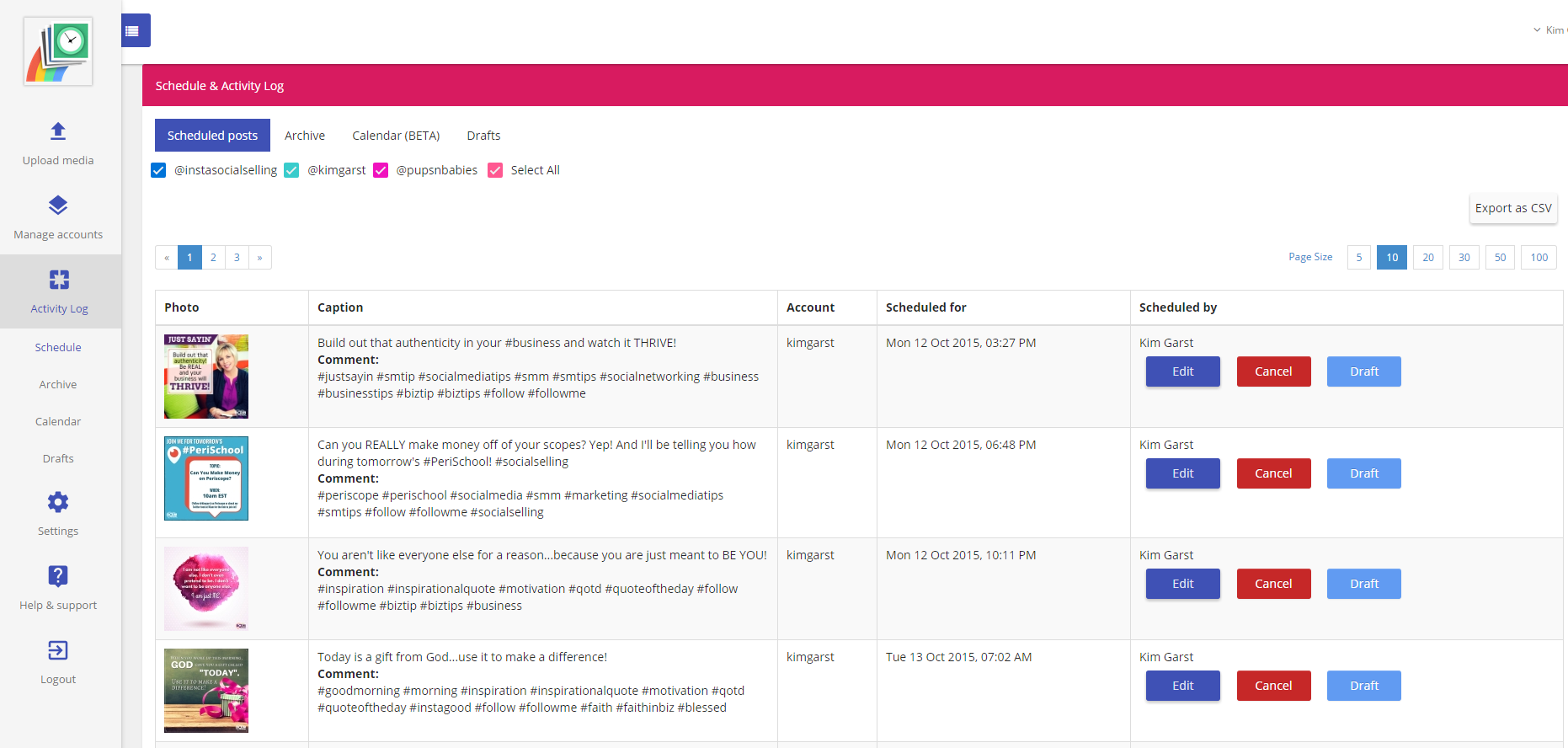Usability is a crucial part of running a successful website. Broken links, bad contrast, text blocks, over-complicated designs, technical clutter . . . these can spell death for both website traffic and sales conversions. The good news, however, is that these issues are enough of a problem that hundreds of tools now exist to assist with the process of properly testing a website.
Related: Stop Being Such a Tight Wad. Invest In a Great Website.
While certain process are worth putting money and effort into (for example, hiring testers to do a thorough check and recheck, and to do proper split testing), some things can be handled for free.
Here are ten useful tools to get you started. At the very least, they can point you in the right direction so you know where to spend your budget.
1. WhatFix
Always be there when your user needs you: WhatFix allows you to create interactive flows explaining any part of your site: You can create multiple flows and use them as the non-intrusive widget. A flow is the step-by-step explanation of what should be done on the current page. WhatFix is free, with the option to upgrade to create self-hosted customized flows.
2. Color Oracle
Is your site optimized for people with color blindness? You might not think it is worth catering to such a small sliver of the population, but there are more people suffering from color perception issues than you think. According to Color Blindness Awareness, 1 in 12 men and 1 in 200 women have color awareness problems, which means a fair percentage of your users are going to have trouble seeing colors in your design.
Color Oracle is an overlay filter that you can use on any art or designs to make sure your colors can be perceived by anyone who visits.
3. Paletton
Speaking of colors, you don’t want to consider just color blindness. You also want to make sure your colors mesh as well as you assume they will. Given some of the horrible color choices even official brands choose for their websites, logos and products, color choice is too frequently ignored. Indeed, this important choice is typically reserved for when customers tick off those psychological association boxes companies rely on more than they do common sense.
Having garish or uncomfortable colors will make viewing your site harder for the user. Paletton makes it easy to find the best combinations of colors, tones and shades.
Related: 5 Things That Belong on the Front Page of Your Website
4. Cyfe
Create your own site performance and usability dashboard to monitor how your site is serving users. Your usability dashboard can aggregate the data from the following built-in tools: Google Analytics (to spot any weird activity), Pingdom (to monitor the down time) and ZenDesk (to monitor your customer team stats).
In addition, you can add widgets for any RSS feed (for example, your brand-name mentions, to track questions from customers), and any Google spreadsheet. (You can also use Google Docs to aggregate notes from your team.) The cool thing about Cyfe is that you can see all these widgets on one page to get a handy bird’s-eye view of all the aggregated data.
5. Page Speed
Site speed is important, because if your site doesn’t load well, people won’t bother to use it. This is especially true in today’s age, when high speed Internet is in almost every household, and available on every mobile device. Page Speedwill analyze your web page speed, and diagnose problems that might be slowing it down. All you have to do is put in your URL.
If you are wondering how your site downtime looks like compared to that of other sites, here are up-to-date uptime stats for you to dig in. These stats are updated every month to show you the biggest losers and winners when it comes to hosting service uptime.
6. Pingdom
If you are worried about bottlenecking, this is a great tool. Pingdom will isolate any bottlenecks that are impacting speed or causing pages to loop. Pingdom has a subscription service that will automatically test your site every day, so you will be alerted to any issues that crop up the moment they are detected. That is a paid service, but basic testing is free. As mentioned above, I use Cyfe to monitor my site downtime.
7. Spur
Get an honest critique on your design choices, with Spur. You put in your URL, and Spur runs it against classic design principles to tell you what ”rules” you are violating. You will be able to see what does and does not work. Then you can get a further critique from community members, sharing the original and the changed designs, based on their recommendations.
8. Feedback Form
WordPress is a platform of choice for many due to the many plugins that you can use to customize the website for free. Feedback Form is one of those invaluable ones that everyone should install. You can create simple forms in various styles that ask your users directly about ways you can improve usability.
What better way to find out than to go straight for the source? This is only one of many customizable feedback form generators out there for WordPress.
If your site runs on WordPress, here are a few more must-have WordPress plugins to install, including WP Super Cache for better load time and Gravity Forms for more feedback form options.
9. Chalkmark
Chalkmark is a really cool way of crowdsourcing usability and design feedback. You provide a design screenshot, and people on the site leave you notes. It is all based on first-click, so you get fresh impression opinions every single time. The information is then put into a visual format as a heatmat, so you see for yourself where people clicked, avoided and created the most traffic. It is easy to use, and highly effective. You won’t find a better way to get mass opinions all in one place.
10. Five Second Test
Five Second Test focuses on two things: landing pages, and calls to action. It quickly evaluates your design to tell you whether these components are being properly optimized. From there, it gives you actionable tips on how to improve, as well as alerts about serious problems that have to be addressed.
Usability is all about first impressions, which is where the term comes from. You have to be able to hook the attention of users within the first five seconds of their landing on your page, or your site is not doing its job.
Do you have any tools to put on this list? We would love to hear about them, so let us know in the comments!

























